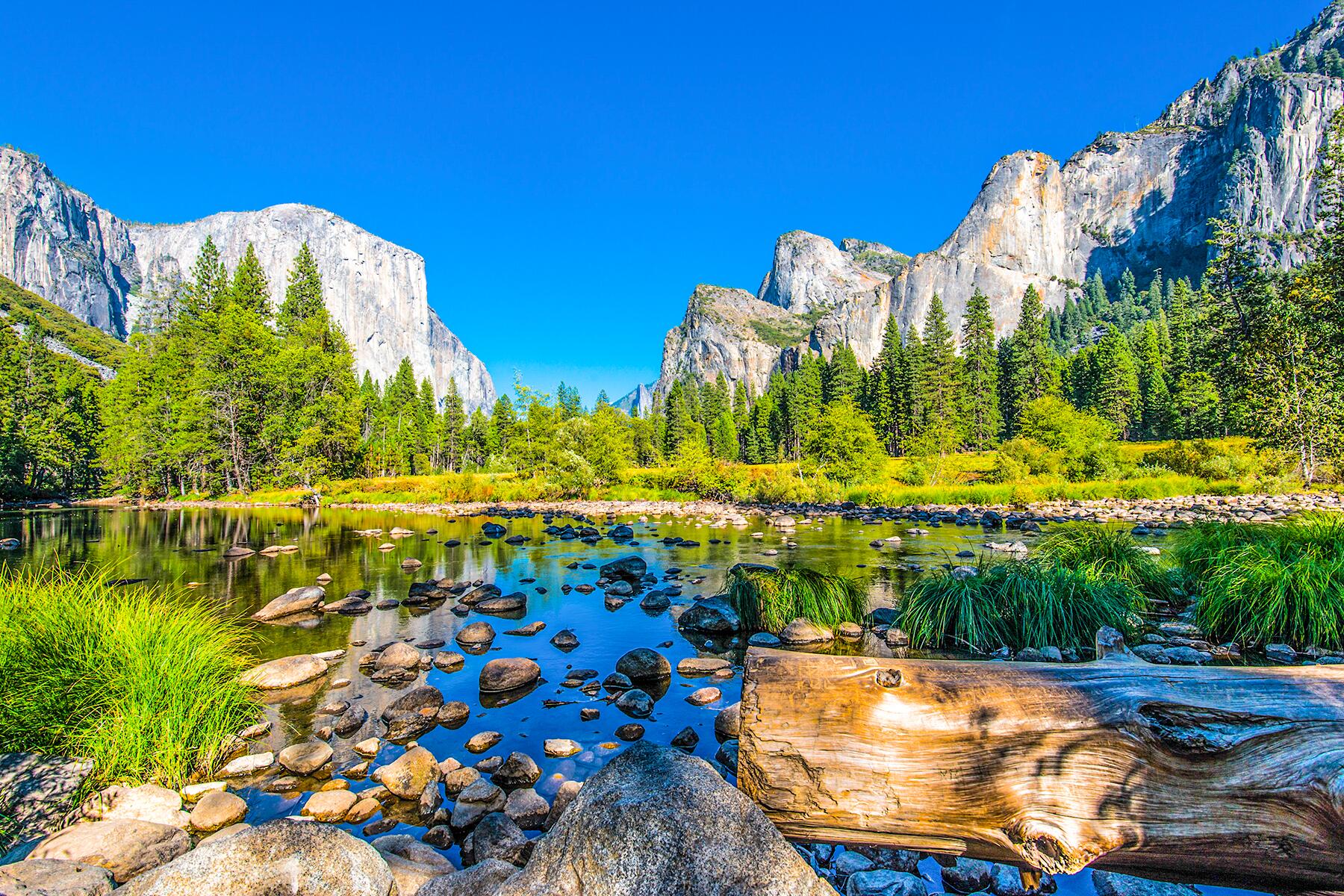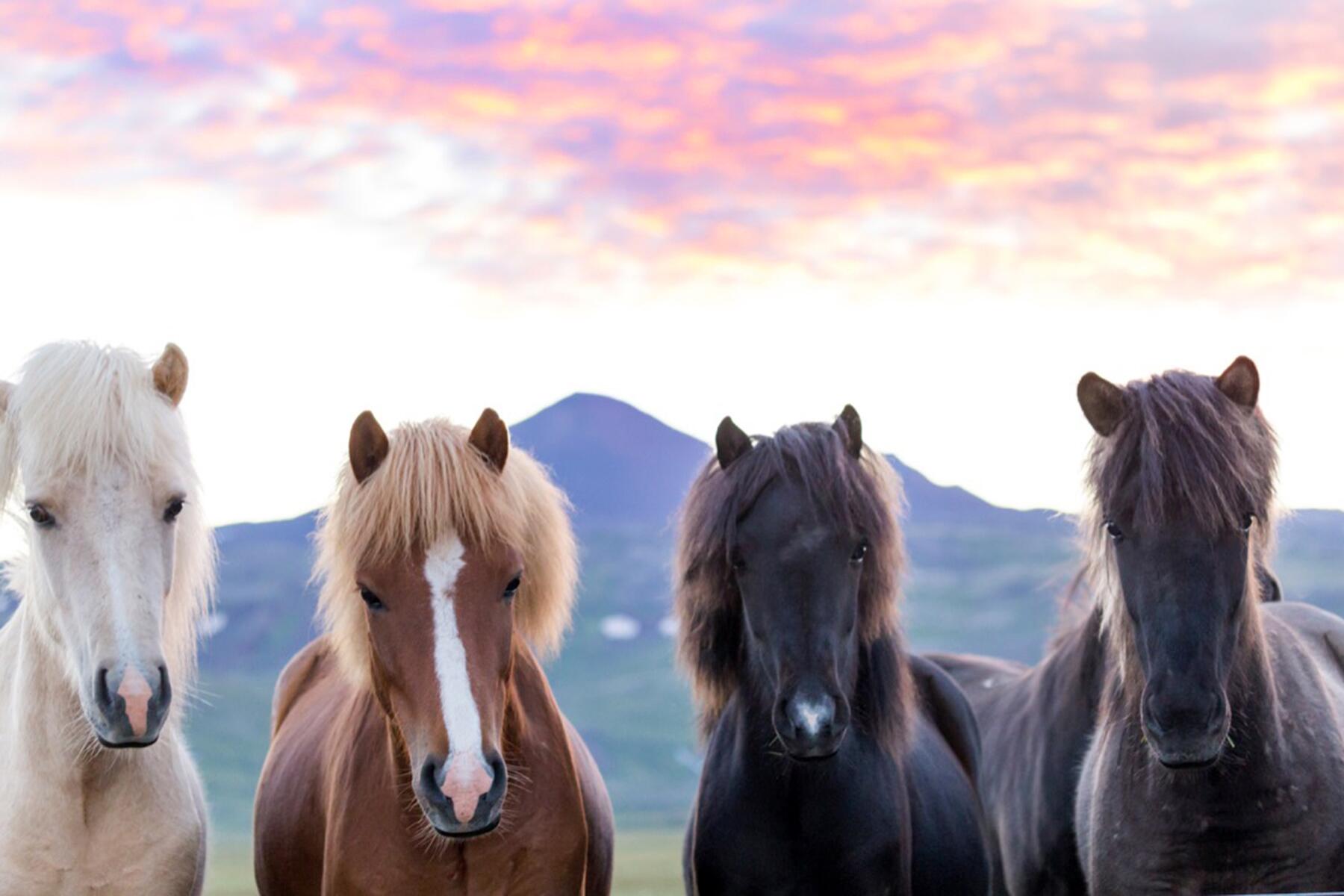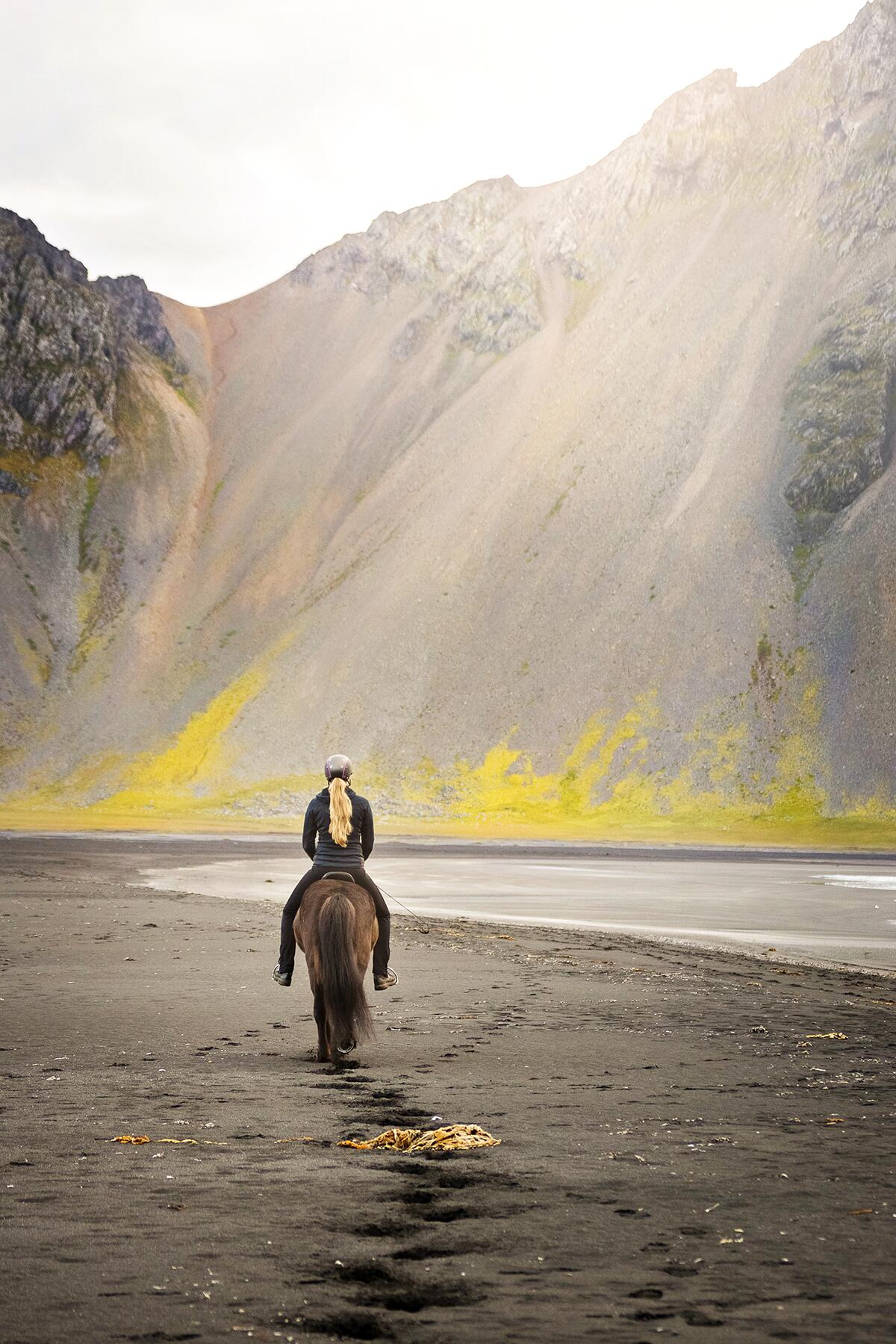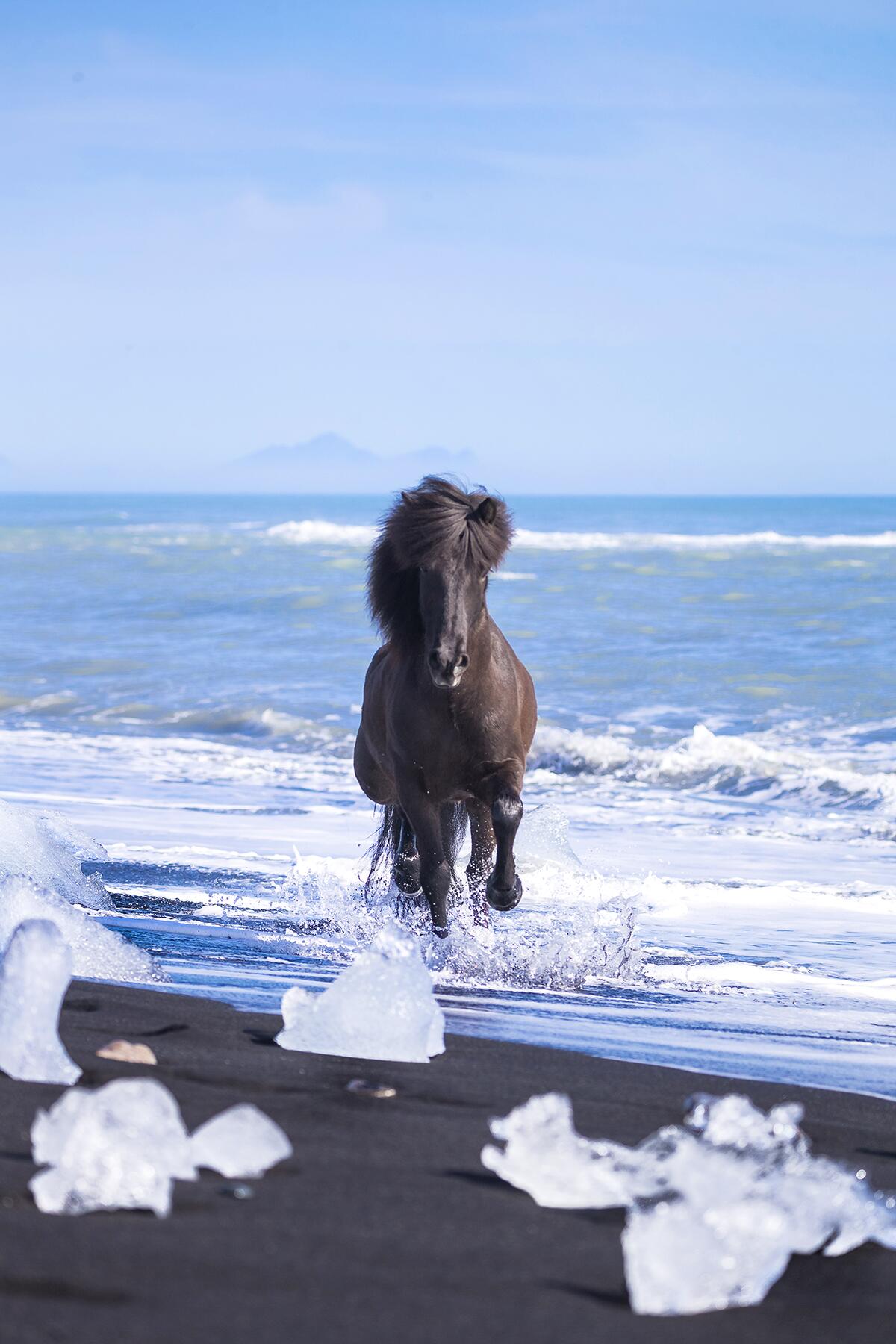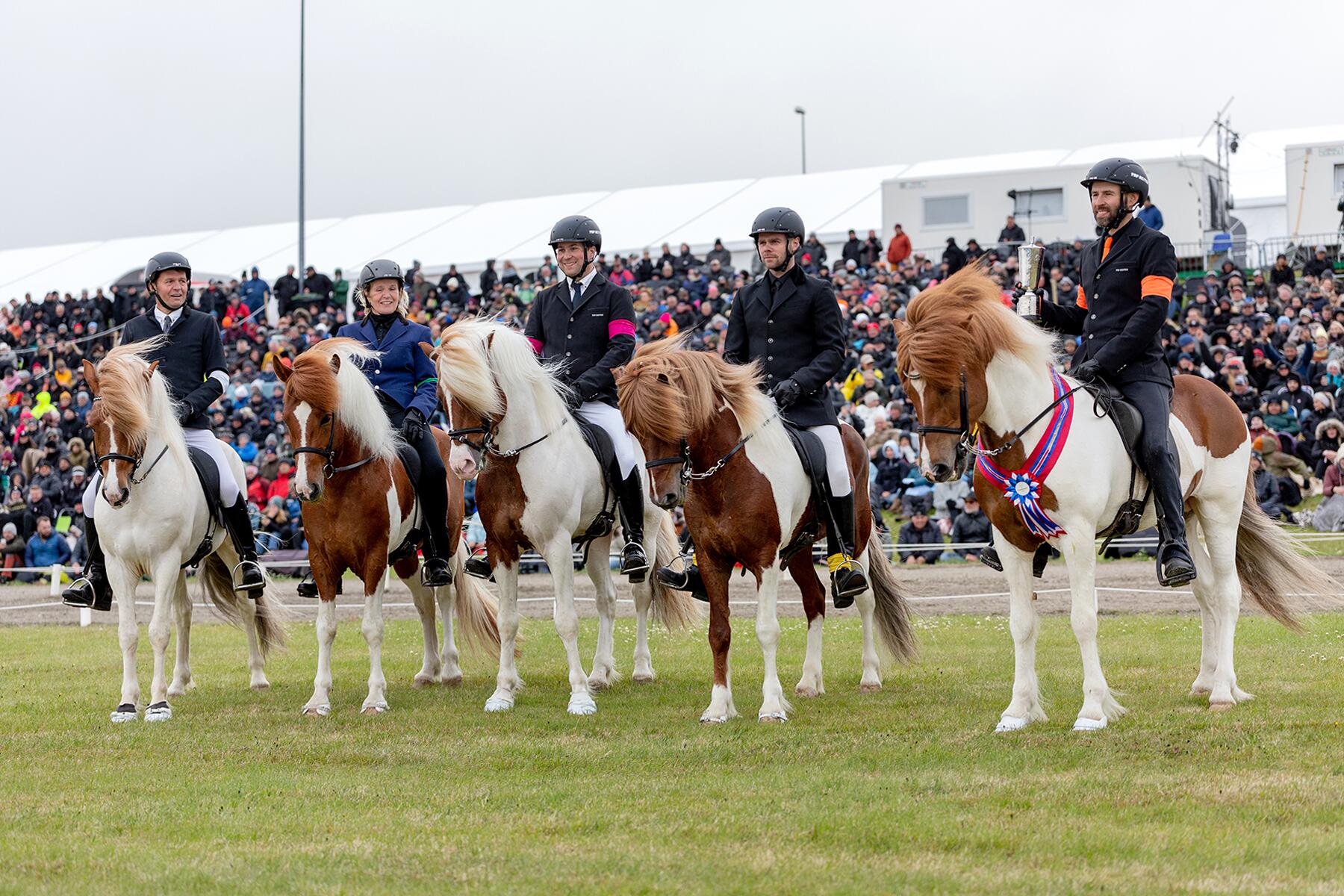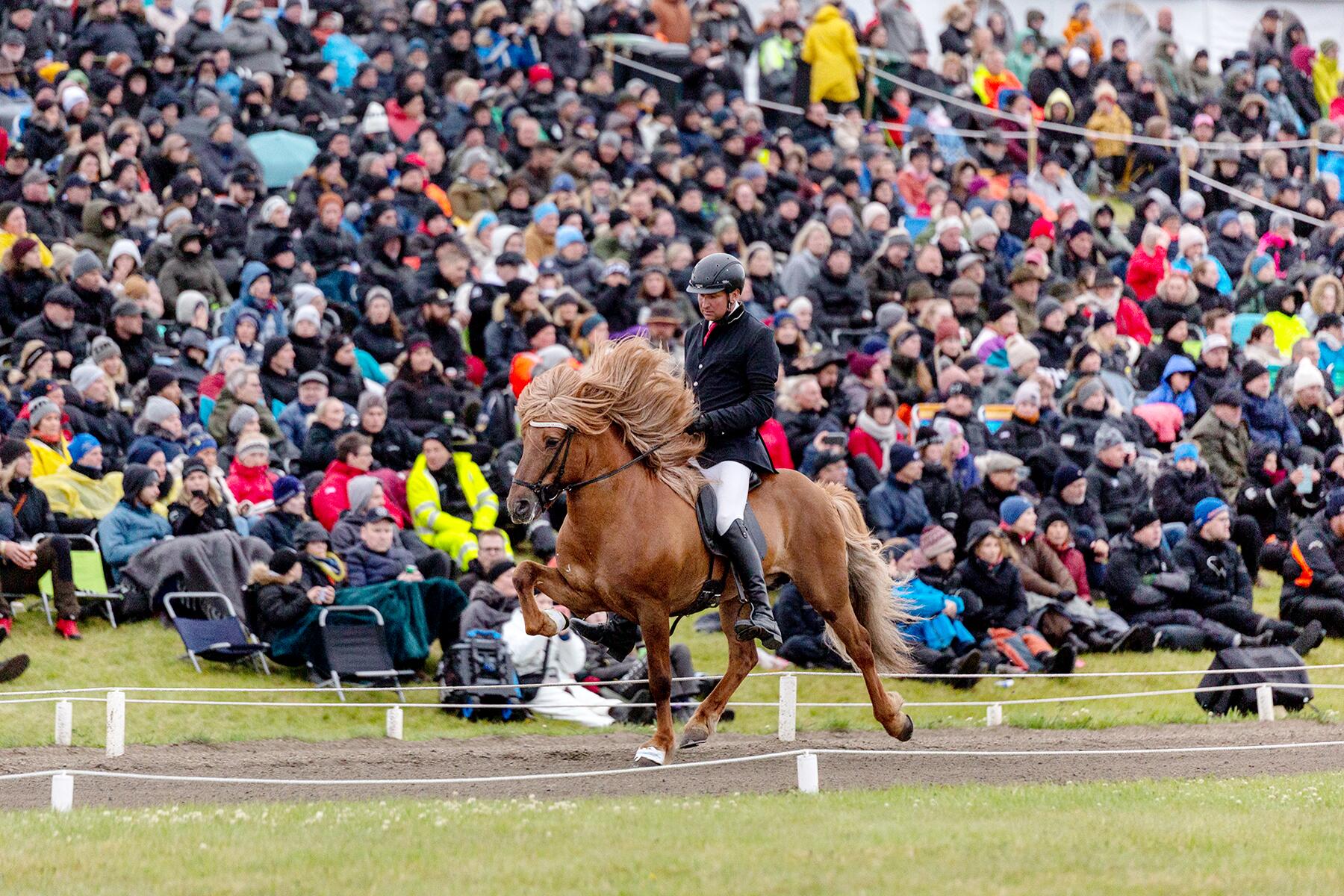Rugged landscapes and dancing northern lights draw travelers to the Land of Fire and Ice, but its majestic horses are a star attraction, too.
Ask anyone what they love about Icelandic horses, and you’ll invariably get the same response: their hardy nature and positive spirit. Characteristics that helped cement their place in the hearts of Icelanders for centuries. Small in stature, shaggy-maned, and sure-footed, they are also one of the world’s oldest and purest equine breeds. Brought to the island by Norse settlers in the 9th century, over 1,000 years of selective breeding has created the modern Icelandic horse. They feature in local mythology, too–it’s said horseshoe-shaped canyon Ásbyrgi was created by Sleipnir (an eight-footed horse ridden by Odin), while their smooth four-beat trot or “tölt” is also called “the gait of the gods.”
Related: Traveling to Iceland Post-Pandemic May Be a Completely Different (and Better) Experience
Recommended Fodor’s Video
Another unique breed characteristic that puts the Icelandic horse in a category of its own, this treasured gait is celebrated at the national horse competition Landsmót. First held in 1950 at Thingvellir National Park, today, rotating locations across Iceland bid to host the week-long equestrian show. The prestigious Sleipnir Trophy is awarded to the best breeding stallion, while riders of all ages compete in “Gæðingakeppni” classes to show agility in the five gaits of the Icelandic horse (walk, trot, canter, tölt, flying pace) with the Landsmót Tölt Championship a penultimate day highlight.
The Icelandic word Gæðingur refers to a horse with “great gait abilities, good temperament, willingness, charisma, strength, and expression,” a magic combination of qualities that should make them “a pleasure to watch and joy to ride.” Gunnar Sturluson, President of the Federation of Icelandic Horse Association (FEIF), first attended the show in 1978 and says getting to see the best horses in Iceland not only brings horse folk and families from across the island but, with the breed’s popularity on the rise, fans from Europe, North America and beyond.
“When FEIF was founded in 1969 to regulate the breed, there were six member countries. Now we are in 22 nations and have 70,000 members. More Icelandic horses live overseas today, about 250,000 around the world compared to just 90,000 in Iceland,” he says. “The horses are versatile with a friendly character and good temperament. They are amazing to ride, and the connection for some is very different from that of other breeds. It’s what draws so many visitors to see them here at Landsmót.”

This year crowds braved unpredictable July weather (wet and windy with temperatures hovering around 50 Fahrenheit, many sported waterproof overalls) to catch the action from an outdoor oval track in Hella, South Iceland. A marketplace sold equestrian and outdoor apparel by local brands Hrimnir and 66°North; food stalls kept spectators fueled each day on hot dogs, pizza, and beer with evening entertainment that culminated in a big end-of-show party on Saturday night. One of Iceland’s most decorated and experienced riders, Árni Björn Pálsson, took home the coveted Tölt T1 trophy with a final score of 9,07 on his horse Ljúfur frá Torfunesi making it his fourth Landsmót Tölt Championship title.

Whether competing at a prestigious show like Landsmót or riding in the countryside, horses are a passion for many Icelanders, one that is often passed down in families. Herdís “Dísa” Reynisdóttir, a veteran breed judge and riding instructor who has worked with Icelandic horses for over 20 years, says once you ride Icelandic, you never go back. “Their gaits are so smooth it’s like driving a little sports car. Prominent riders from major equestrian markets like Germany and Switzerland try an Icelandic and become so enamored that they switch over,” she shares. “I don’t know anybody who has gone back to another breed after riding an Icelandic horse. Their character is so unique, but when you come from Iceland, you take it for granted because we only have one breed, and we feel this is just how a horse should behave.”
Famous for their positive spirit and willingness to work with people, Icelandic horses grow up in the wild, which many believe helps to form their resilient and respectful temperament. “After weaning, young horses get to mature with a herd in the mountains, where they learn how to ‘be a horse,’ navigating the rugged terrain to forage and survive the harsh elements before training begins at four winters old,” explains Jelena Ohm, project manager at Horses of Iceland.

Originally from Germany, Ohm grew up in Canada (where her mom runs an Icelandic horse farm) but moved to Reykjavik in 2004 to attend Hólar University of Horse Sciences, where she became a certified riding instructor, later working as a trainer across Iceland and Europe. “I’m one of those girls who came here because of the horses and never left,” she laughs. “The horses are an ambassador of Iceland and a way for visitors to connect with the landscape and nature when traveling here. Whether seeing them from the side of the road when driving or joining a riding tour at one of the many stables across the island.”
Ohm says the OutHorse Your Email campaign by Visit Iceland was another way for people to get acquainted with three now quite famous Icelandic horse—Little Star, Hrímnir, and Hekla—who typed “OOO” responses on a giant keyboard to help email addicted travelers “free up their vacations.”
While many visitors rent cars to explore the smallest Nordic Country, it’s possible to spend an entire week riding across the
Icelandic highlands on horseback. Located less than an hour from Reykjavik and 15 minutes from the town of Selfoss in South Iceland, one of the longest-running operators offering tours is Eldhestar. The family business is home to over 200 horses, which take first-timers and seasoned repeat visitors across meadows and lava fields and along old Viking routes framed by volcanoes and waterfalls.
“Once you ride Icelandic, you never go back.”
More experienced horseback riders can sign up for full-day tours, including the fast-paced ride along a black sand beach at nearby fishing town Thorlákshöfn. Multi-day adventures like the Golden Highlights of the South tour lets riders experience the Icelandic horse in its natural environment and get a taste of how Icelanders traveled back in the old days. National carrier Icelandair not only helps export Icelandic horses around the world but travelers can book riding experiences alongside their flights, including a two-hour tour of Laxnes, where trolls are said to bathe at Tröllafoss waterfall after midnight on a full moon.
What to Pack
Whether coming during the summer months (April through September) or winter (some tour operators offer rides between October and April when chances of seeing the northern lights are higher), pack warm clothes for layering. Eldhestar provides good rain gear—think bright orange stormproof overalls—but wool liners, socks, base layers, and fleeces topped with a wind and waterproof jacket are essential. Riding pants should be tight and seamless (thicker yoga pants work well for an hour or two in the saddle), while hiking or Chelsea-style boots need a thick sole for navigating rocky terrain. Bringing swimwear for soaking in hot springs and wearing a thin hat under helmets are also recommended.


